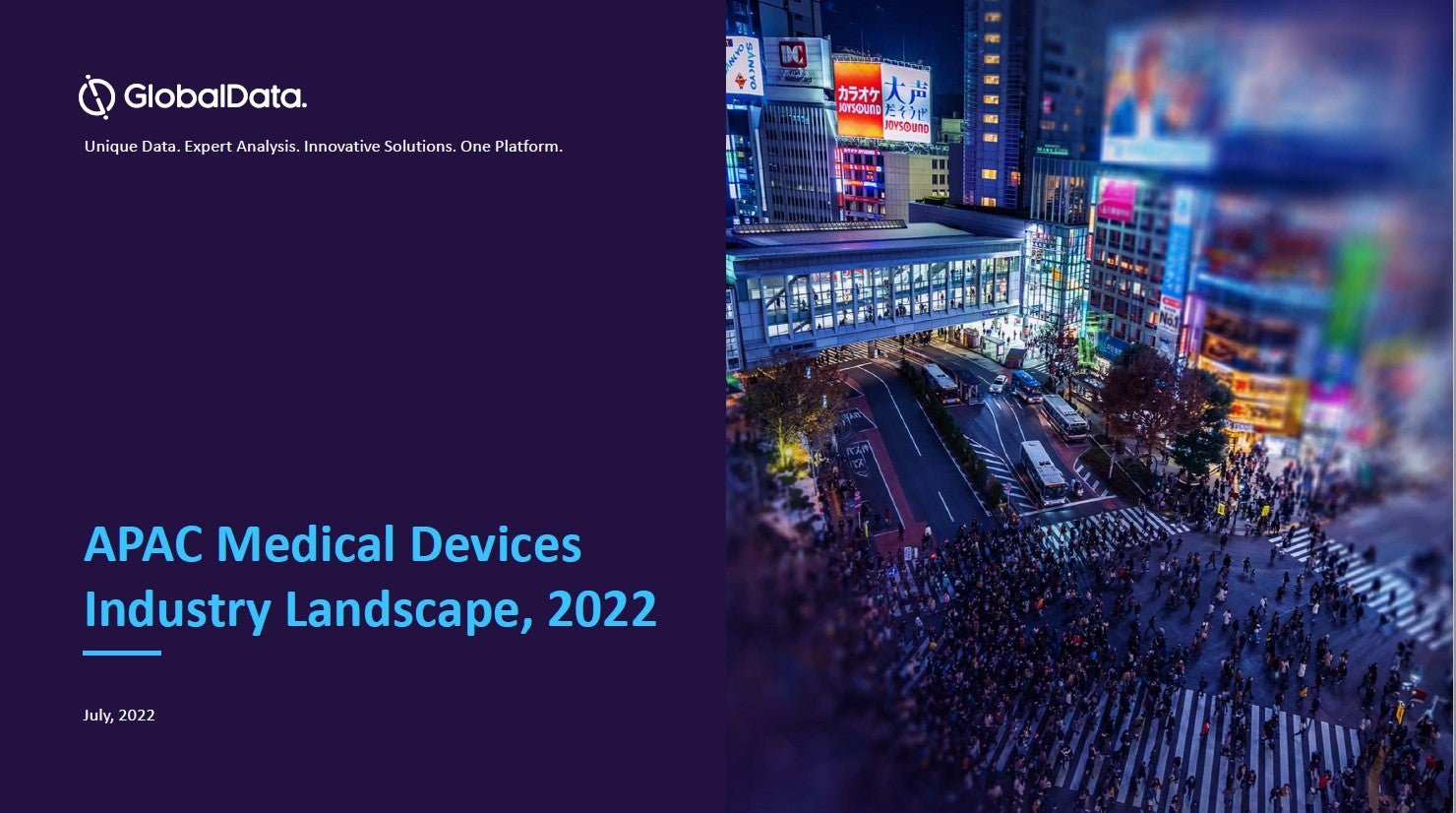
LYS Button: understanding light exposure
Winner of the AXA Health Tech & You Awards 2019 in the Sleep Tech Challenge LYS has created a wearable clip-on button to track the light the wearer is exposed to in their day-to-day life. Synced up to the LYS Insight app, the technology provides insight into how daily light exposure will impact the quality of the user’s sleep. As well as educating them about their lighting environment, LYS provides insight into how to boost energy and sleep.
LYS also offers a Light Diet programme which employers can sign up to. It gives employees an individualised Light Diet Report with tailored advice on how to improve their light intake throughout the day.
How well do you really know your competitors?
Access the most comprehensive Company Profiles on the market, powered by GlobalData. Save hours of research. Gain competitive edge.

Thank you!
Your download email will arrive shortly
Not ready to buy yet? Download a free sample
We are confident about the unique quality of our Company Profiles. However, we want you to make the most beneficial decision for your business, so we offer a free sample that you can download by submitting the below form
By GlobalDataSomnox: a robot to calm your breathing
Somnox’s sleep robot is designed to help users fall asleep by gradually slowing down their breathing. The kidney-bean shaped robot undulates in a way that mimics a slow breathing rhythm, which users lying next to it will synchronise to, helping reduce heart rate and blood pressure and send them off to sleep.
Somnox can also be set up to play soothing sounds, which can aid sleep and help the user wake up feeling refreshed. Users can set the sound and breathing rate to their own preferences through the robot’s mobile phone app, creating their own breathing exercise or choosing from a list of pre-sets.
The company has partnered with care agencies for patients with dementia, intellectual disabilities and PTSD, who have all reported improved sleep cycles in restless patients who used the robot.
Become: fabrics combat hot flushes
Femtech start-up Become has developed a range of clothing and bedsheets in partnership with the Hohenstein Institute and Inside Climate designed to regulate body temperature during hot flushes and night sweats. With up to 75% of women in the perimenopause or menopause stages experiencing them, they’re a common disruptor of sleep.
Become’s fabrics are made with a 50/50 mix of polyester and nylon flat threads knitted on a cross section to produce a big surface area which helps transfer warmth away from the body. The fabric also wicks away moisture, so skin stays drier. In a trial where participants were given Become’s bedsheets, 100% of the participants found it helped to keep them cool and 80% reported having a better night’s sleep.
Sleepify: weighted blankets dial down stress
Weighted blankets have long been recommended as a self-soothing technique for people with autism and sensory processing disorders, but have gained mainstream popularity in recent years due to their alleged benefits for those who struggle to get to sleep due to anxiety or insomnia. The deep pressure placed on the body by the blanket is thought to help increase the body’s serotonin and oxytocin levels, dialling down the stress hormone cortisol and meaning the sleep hormone melatonin is able to work more efficiently.
Sleepify offers blankets in four different weight categories, ranging from 4kg to 18kg. Hollow 30mm rings made of surgical steel are stitched throughout the fabric, pressing down on the person sleeping below it while enabling the blanket to transport away air, moisture and heat.
Firstbeat: trackers tackle restorative sleep
Manufacturers of the sleep and stress tracking technology built into smart watches manufactured by Garmin, Suunto and Huawei, Firstbeat’s technology can help users understand how their lifestyle is affecting their sleep pattern. The company’s technology not only tracks how long a person is asleep, but uses heart rate variability to track the restorative quality of their sleep. Restorative sleep is marked by the relaxation of the sympathetic branch of the autonomic nervous system and an increase in activity within the parasympathetic branch.
Smart watch wearers can use the information recorded about their sleep patterns to gain awareness of how their body responds to different factors and modify their behaviour to get the best night’s rest possible.
SENSAPNEA: hospital grade diagnostics between the sheets
This wearable chin sensor takes polysomnography (PSG), the gold-standard diagnostic tool for sleep apnoea, out of the hospital and into the home. The sensor tracks mandibular movements to record respiratory changes indicative of sleep apnoea, before compiling the data on a patient-operated mobile app. The data is them available to both patients and their clinicians through a cloud-based platform, enabling greater communication between the two as they work out a diagnosis.
As PSG can be costly and labour intensive, requiring an overnight stay in a hospital or sleep unit. SENSAPNEA’s manufacturers hope their device can help patients in resource limited communities where PSG facilities are not readily available.




